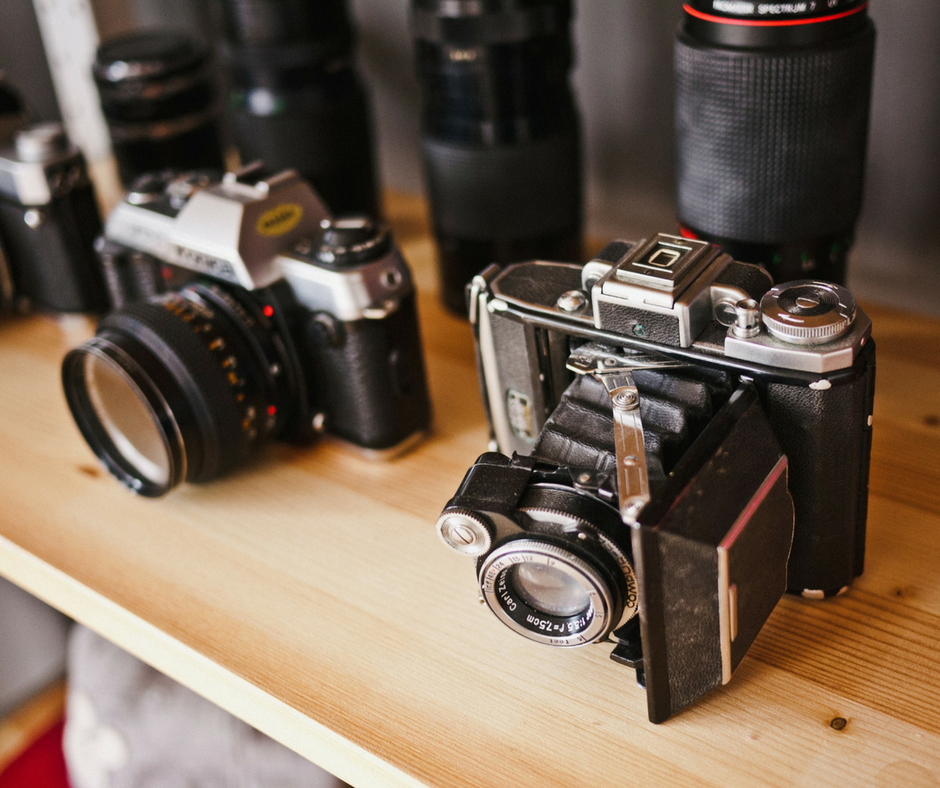Standard Homeowner’s Policies Limit Coverage on Your Valuables – Jewelry, Firearms, Collectibles, etc.
Valuables such as an engagement ring, coin collection, or the family’s silverware passed down through generations carries a sentimental value in addition to its monetary one. While a standard homeowner’s insurance policy provides coverage for such valuables, it is often limited and typically does not reflect the extent of the possessions’ true values. Should an unfortunate event such as a fire or theft take place, would your valuables be adequately insured, and to what extent?
 According to the FBI’s Uniform Crime Reporting (UCR) Program, the average dollar loss per burglary offense in 2015 amounted to $2,316. Furthermore, “burglaries of residential properties accounted for 71.6% of all burglary offenses.” Standard homeowner’s insurance policies include a limit - or maximum - up to which certain valuables will be covered – generally this is between $1,500-$2,000 for the total loss. Note that accidental loss is not covered under a standard homeowner’s policy, for example, losing your ring while swimming in a lake.
According to the FBI’s Uniform Crime Reporting (UCR) Program, the average dollar loss per burglary offense in 2015 amounted to $2,316. Furthermore, “burglaries of residential properties accounted for 71.6% of all burglary offenses.” Standard homeowner’s insurance policies include a limit - or maximum - up to which certain valuables will be covered – generally this is between $1,500-$2,000 for the total loss. Note that accidental loss is not covered under a standard homeowner’s policy, for example, losing your ring while swimming in a lake.
Items that can have reimbursement limits depending on the specific insurer include:
- Artwork
- Cameras and equipment
- Collectibles – cards, coins, stamps, valuable papers
- Firearms
- Furs
- Jewelry
- Silverware
To ensure proper coverage policyholders should note that the limits may only apply to theft losses. Add a ‘rider’ to your policy and ‘schedule’ the item under an endorsement. This would ensure that the coverage is adequate on the specific items and also broaden the coverage. This entails having the item appraised and assigned a value as well as providing a detailed description of the item so that you are reimbursed for the full amount in the event of a covered loss. If you have many valuable items, this may involve more work as each item must be scheduled on an individual basis however, it ensures maximum coverage. Scheduling items will increase your premium as it is based on the amount at which your valuables are assessed at. As you acquire new, valuable items, you should register them with your insurance company to keep your valuables’ coverage as up to date as possible.











